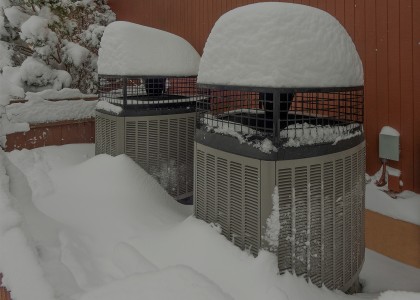Intelligent efficiency technologies such as learning thermostats and smart watches are making it easier to track and quantify the many benefits of saving energy. Fitness trackers are allowing researchers to evaluate the health benefits, new software apps are enabling building managers to check occupant comfort, and social media posts are helping utilities address resiliency concerns by assessing the scope of power outages.
Our new report, Use of Intelligent Efficiency to Collect and Analyze Nonenergy Benefits Information, explores how new technologies and Big Data can be used to analyze energy efficiency program benefits. These technologies reduce the time and expense of a robust cost-benefit analysis of a program’s nonenergy benefits (NEBs), and thus can attract additional program funding. By making energy efficiency more attractive, they can help boost energy savings for individuals, utilities, and society.
We examine how automated data collection and processing — enabled by smart devices, inexpensive sensors, networks, and cloud computing — can quantify how energy efficiency improves a range of attributes, such as worker productivity, building occupant health, and the environment. We show how such NEBs data can boost program marketing and customer relations.
This report builds on prior ACEEE research on intelligent efficiency and the multiple benefits of energy efficiency. We look at the potential impacts of new techniques for data gathering on energy efficiency programs. Not surprisingly, we found that some applications may change how NEBs are included in the evaluation, measurement, and verification (EM&V) of energy efficiency programs, a topic we have touched on in previous work.
One new opportunity is assessing and responding to occupant comfort in office buildings while also optimizing energy use. Comfort can be assessed by monitoring indoor air quality and tracking occupants via software, motion detectors, and wearables with biometric monitors such as smart watches and fitness trackers.
Worker comfort influences productivity, which influences an employer’s likeliness to stay in a building or facility. Higher tenant satisfaction and lower energy costs can improve a property owner’s return on investment.
Researchers are also using these technologies to assess occupant health. Energy efficient buildings have been shown to have healthier indoor air and by saving energy, they improve outdoor air by reducing the need for fossil fuels and associated emissions. Utilities are using geospatial software programs and analyzing social media posts to assess the scope of power outages, which can pose health risks to occupants and economic hardship for communities. Evaluators may soon be able to leverage all of these technologies to assess even more societal benefits.
New technologies and practices can lower the costs of data collection and bring to scale many energy savings measures. Improved analysis and dissemination of NEBs information can broaden support for energy efficiency programs, make them more effective, decrease energy use, and as a result, improve the US economy and environment.




